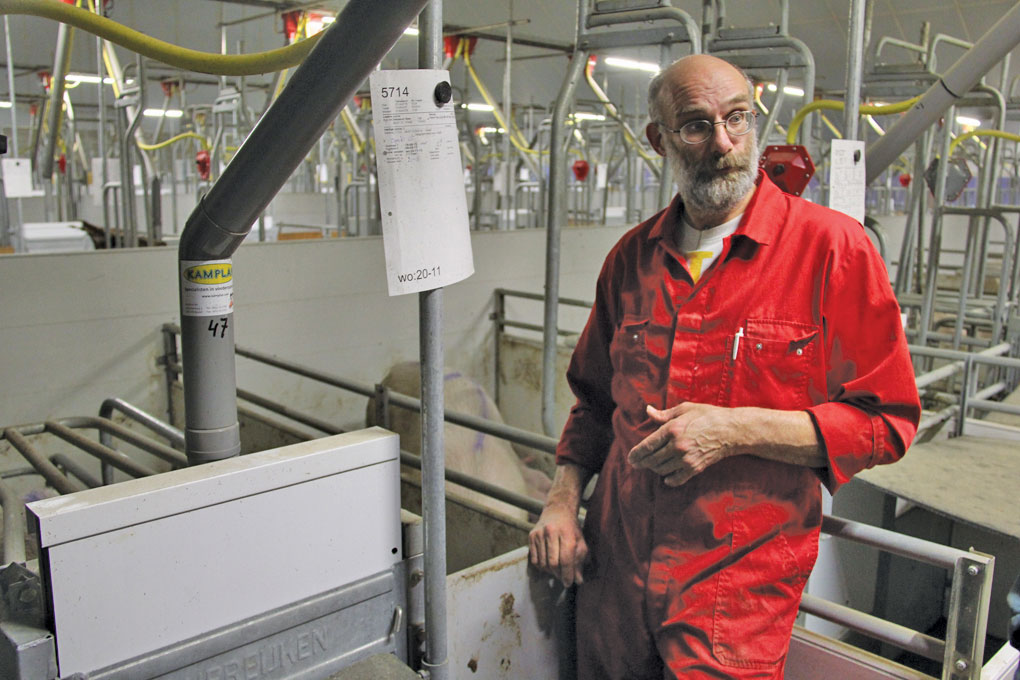After trailing by 10 points in U. S. rural areas, Democrat Barack Obama is neck and neck with Republican John McCain among rural voters in 13 swing states, a potentially key group for winning the White House, according to a poll released last Thursday.
Obama was supported by 46 per cent and McCain by 45 per cent of 841 likely voters surveyed from Oct. 5 to 21, as U. S. financial turmoil deepened, according to the poll commissioned by the non-partisan Center for Rural Strategies in Whitesburg, Ky.
“Barack Obama is running very competitively among this group of rural voters, and along with his general advantage in metropolitan areas, this will be enough to put him over the top,” said pollster Anna Greenberg, a Democratic analyst.
Read Also

Shaky trade ground threatens efforts to build Canadian agriculture
Trade uncertainty is freezing billions in agriculture investment across Canada, which may threaten export-oriented Manitoba farms more than the tariffs spurring the uncertainty in the first place, experts tell Fields on Wheels conference.
Republican consultant Bill Greener said recent “snapshot” polls indicated McCain was rebounding in rural America and added: “To win, Senator McCain must maintain strong support from rural voters. That is simple arithmetic.”
Nearly 20 per cent of Americans live in rural areas. They tend to be social and fiscal conservatives. President George W. Bush won rural districts nationwide by 19 points in 2004 en route to re-election with 51 per cent of the vote nationwide.
A month ago, the poll showed McCain led 51-41. This time, respondents said Obama would do better than McCain on the economy, 49-40.
The poll showed rural voters have cooled from their initial enthusiasm for Sarah Palin, the Republican nominee for vice-president. Forty per cent view her favourably and 42 per cent unfavourably, compared with a 48-33 favourable edge in September. Obama, McCain and Joe Biden, the Democratic nominee for vice-president, had higher ratings than Palin in the new poll.
McCain led Obama 53-43 on the question of who would handle the war in Iraq better. In the earlier poll, he held a 56-37 advantage as well as a lopsided lead on who would do the best job on taxes.
The poll has a margin of error of plus or minus 3.4 percentage points. It interviewed likely voters in New Hampshire, Pennsylvania, Ohio, Michigan, Wisconsin, Iowa, Minnesota, Missouri, Florida, Virginia, Colorado, New Mexico and Nevada.














